Did you know that there are over eight million animal species on earth? It is pretty impressive when you consider that humanity only makes up one of those. If you ask us, it is humbling to look at it from this perspective. While the exotic pet trade is a large market, it feels like there is a limit to what we can cross. It is a good thing that we have the internet around. This allows us to look at some of the most dangerous animals on the planet without having to risk our lives. Get ready to check out the most fearsome creatures from the comfort of your home. Some of the following animals might look sweet and innocent, but they are actually deadly.

Terrifying Species That Roam Our Planet
Great White Shark
We all know that sharks are terrifying creatures, but the Great White Shark must be the king of the sea. After all, this species is capable of swimming as fast as 37 mph! On top of that, they can grow as long as 20 feet. This plays to their advantage as this lets them outmaneuver just about any prey in the water.

Great White Shark
Black Mamba
The black lining of its mouth is the reason this animal has earned its name. You must have heard of the terrifying Black Mamba in the past! In our humble opinion, what makes them truly scary is their speed. After all, not many venomous snakes are capable of traveling as fast as 12 ½ mph.

Black Mamba
Giant Pacific Octopus
With a name like that, it is only natural for you to imagine that this creature will be huge. You can probably also guess where it resides. The Giant Pacific Octopus can grow as big as 16 feet long and 110 pounds heavy. It can also adapt to its surroundings and hide undetected when it is hunting for food.
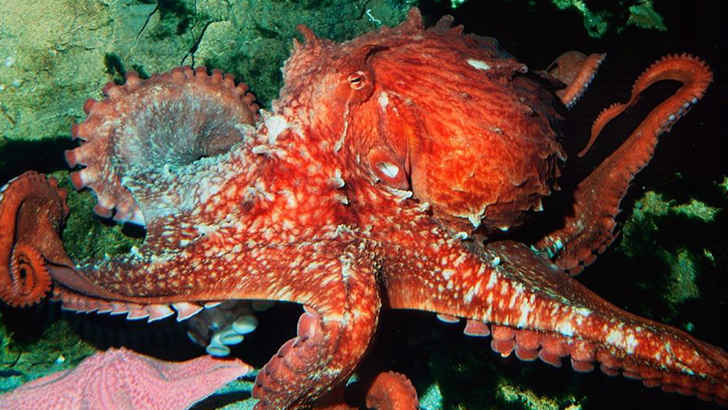
Giant Pacific Octopus
Deathstalker
Do you know what the most dangerous scorpion in the world is? This honor goes to none other than the Deathstalker. This animal has venom so potent that it can induce paralysis, convulsions, fever, coma, and pain in its victims. Not only that, but there are times when its sting can lead to death. Ouch.
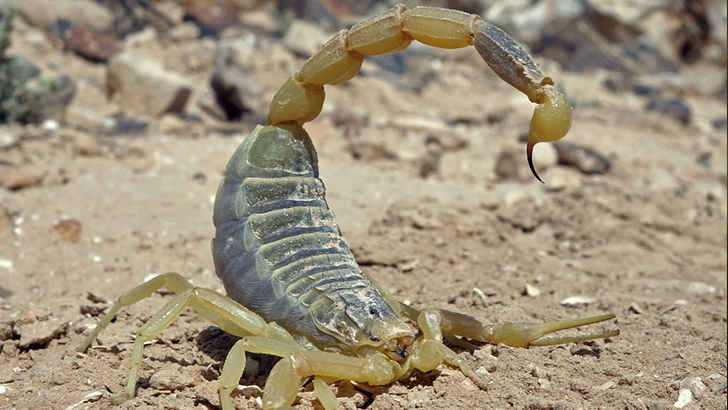
Deathstalker
Indian Taipan
Many snakes are in the running for the title of a terrifying snake on earth. The Indian Taipan is a strong contender thanks to its powerful bite. This creature packs so much venom in a single bite that even a single snake can wipe out a hundred adults or even 250,000 mice.
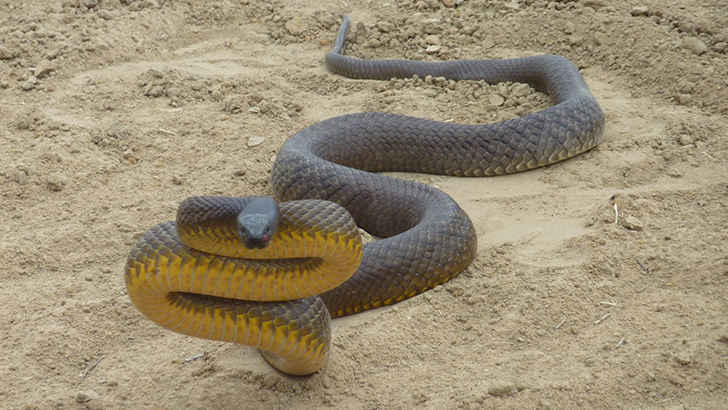
Indian Taipan
Komodo Dragon
Have you ever seen a Komodo Dragon hunt for food? We sure hope that you are never unlucky enough to witness this for yourself in the real world. This reptile tends to lie in wait in the bushes as an unsuspecting prey wanders by. Once this happens, it will go on to launch a terrifying full-scale attack.
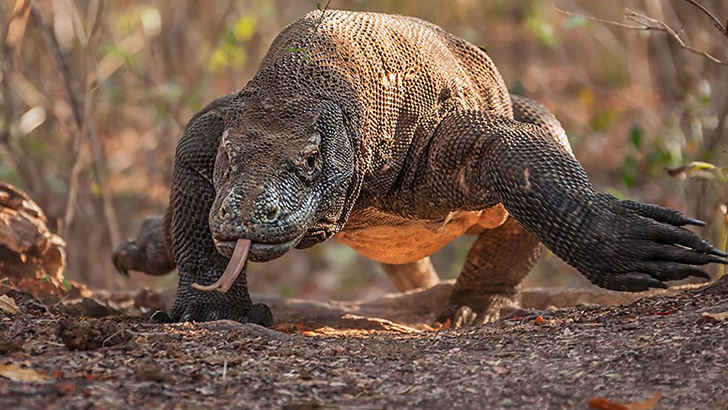
Komodo Dragon
Gorilla
How do you know if a gorilla is planning to attack? There are several warning signs that you would be wise to remember. You should be worried if one of them starts scratching, grunting, and thumping. This often marks the beginning of a display of aggression. Try your best not to provoke them no matter what.

Gorilla
Brazilian Wandering Spider
Have you ever had the misfortune of getting bitten by the Brazilian Wandering Spider? We sure hope not. After all, you will be in for a terrible time if such a thing ever happens to you. One will experience blurred vision, vertigo, excessive sweating, fast or slow heartbeat, and high or low blood pressure!
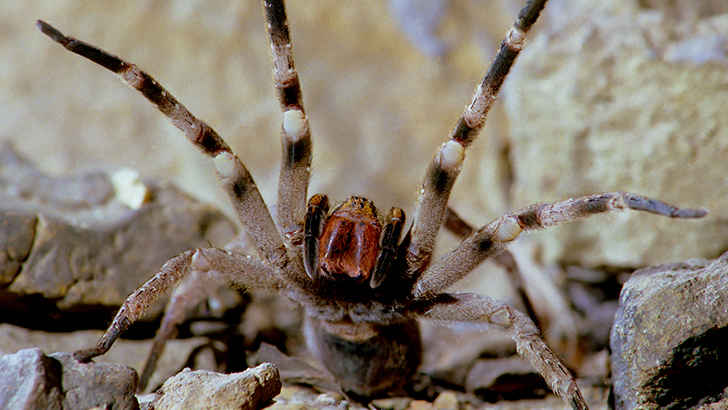
Brazilian Wandering Spider
Asian Giant Hornet
You are right if you assumed that this animal is found in many places in the Asian continent. It is right there in its name. Victims of the Asian Giant Hornet have compared its sting with a nail gunshot. There is a reason it has been called the “murder hornet” once it found its way to North America just last year.
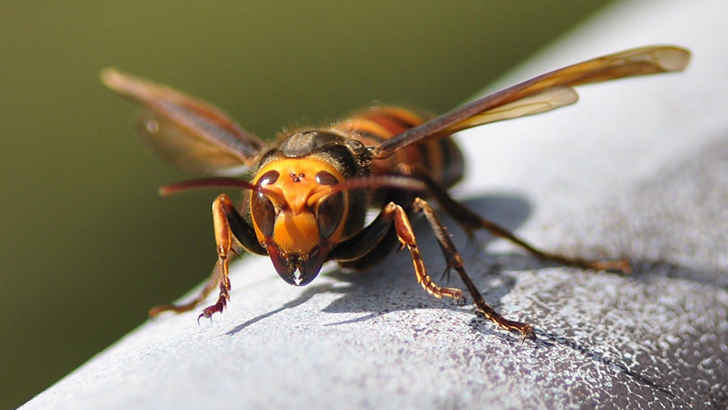
Asian Giant Hornet
Hippopotamus
We know that it is surprising to find this animal on this list. After all, hippos are generally seen as quiet, peaceful, and slow animals. These creatures do not attack people out of a desire to eat us. This typically only happens when you provoke them. The hippopotamus, so that you know, is a very territorial animal.
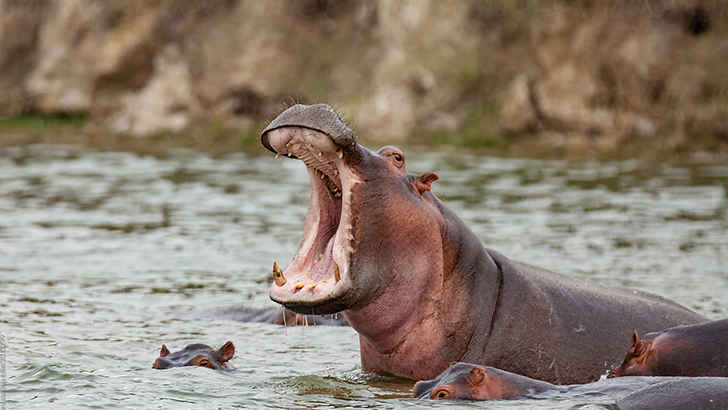
Hippopotamus
Saw-Scaled Viper
Yes, the saw-scaled viper is indeed on the smaller side. However, its aggression makes up for what it lacks in size. If this reptile ever bites you, you only have ten hours to get help. Once it goes past that, you can expect the collapse of your circulatory system and a lot of internal bleeding. Ouch.
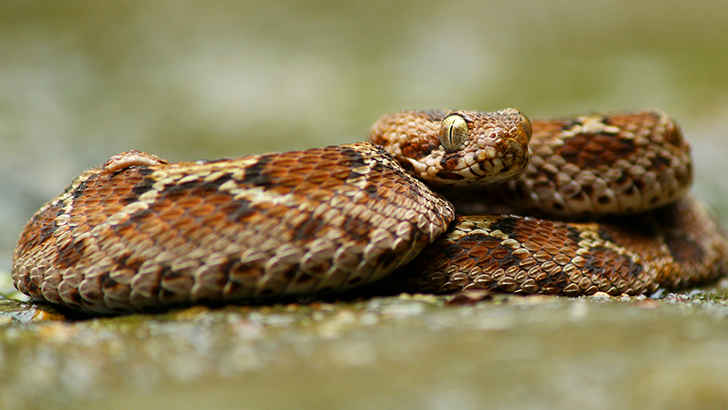
Saw Scaled Viper
Puffer Fish
They like to call the pufferfish the clumsiest fish in the oceans. We are sure that you are familiar with the way that it looks! While we agree that it is adorable, you should be careful around this animal. It puffs up and becomes too big for its predators, but nearly every species of it is covered in tetrodotoxin.
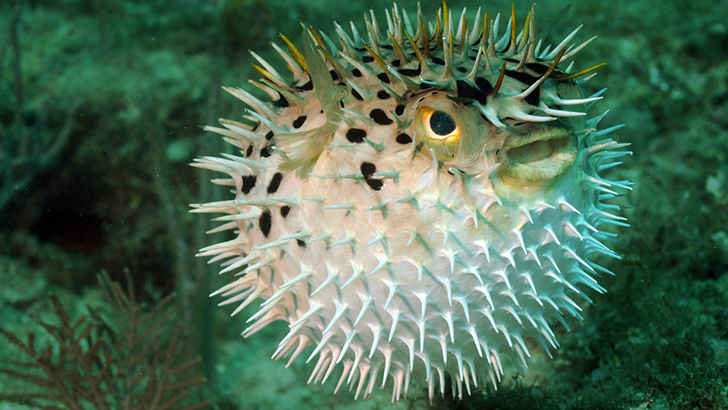
Puffer Fish
Assassin Bug
Where did the assassin bug get its name? Well, you can say that it was descriptive. Interestingly, it is also known as the kissing bug. Can you guess why? The answer to that question is that this insect bites humans in the lip area! After doing that, they then deliver their possibly fatal sting—what a way to go.
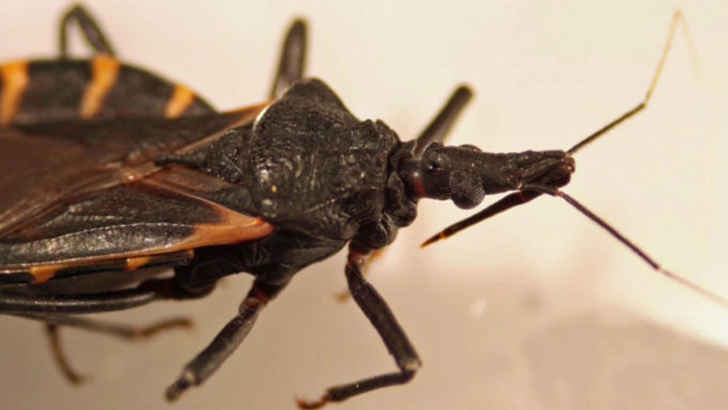
Assassin Bug
Piranha
For millions of years, the piranha has dominated the South American waters. Even though there are a couple of fish species, there are certain types that are more dangerous than others. Allow us to share which ones those would be. You should be especially wary of the black and red-bellied piranhas!
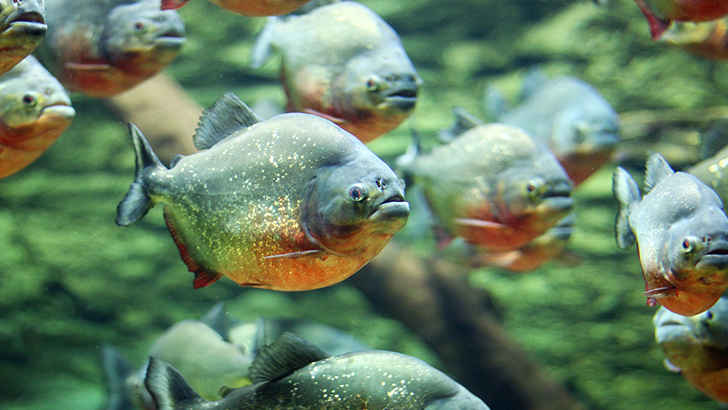
Piranha
Spectacled Caiman
We cannot possibly be more thankful that most Caimans are too tiny to take us on. While we are lucky, they do pose a danger to creatures much smaller than we are. They are perfectly suited to take down different types of prey! This has to do with their powerful tails, small eyes, and powerful jaws.
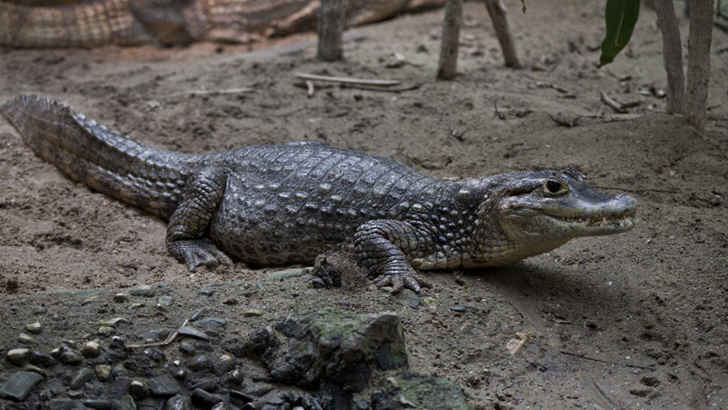
Spectacled Caiman
Blue Sea Dragon
This weird and wonderful-looking creature actually has a variety of names from blue sea dragon, blue angel, and even blue ocean slug. They are small species belonging to the Glaucidae family. They generally live in the open sea, floating upside down using the surface tension of the water to stay up, where they are carried along by the winds and ocean currents. Many times, people do not even notice them as they often tend to blend in with the blue of the water.
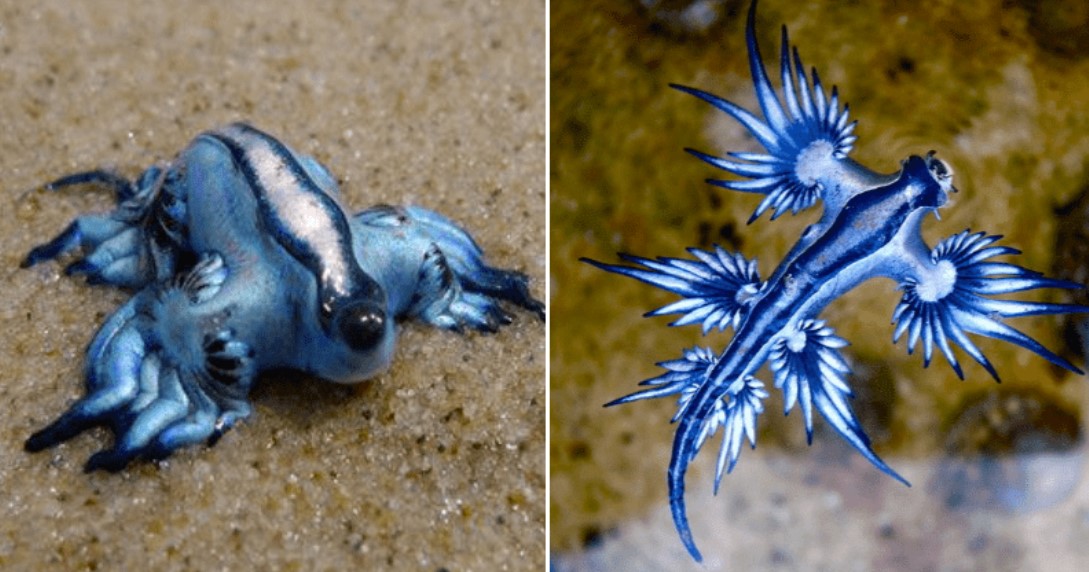
Blue Sea Dragon
Hooded Seal
Although the Hooded Seal looks so adorable and maybe something you would want to keep as a pet, don’t let its looks fool you. The hooded seal is a large phocid that is silver-grey in color with irregular black spots covering most of the body, their faces are often completely black. The hooded seals are known to be very aggressive, specifically the females as they have the natural instinct to protect their offspring. Fun fact, they get their name from their unique hooded nasal cavities.
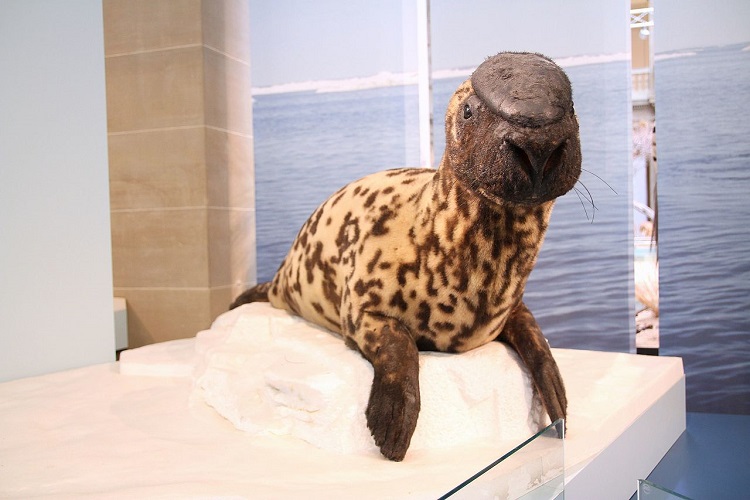
Hooded Seal
Haiku Bird
As mystical as this bird seems, some even consider it to be one of the most beautiful creatures in the world. The Haiku bird is a four-legged bird that is very rare. In Hindu mythology, this species is referred to as the goddess Parvathi named Hyku. It is also said that it usually feeds on bananas. The Haiku bird is generally found in Asian countries such as Nepal.
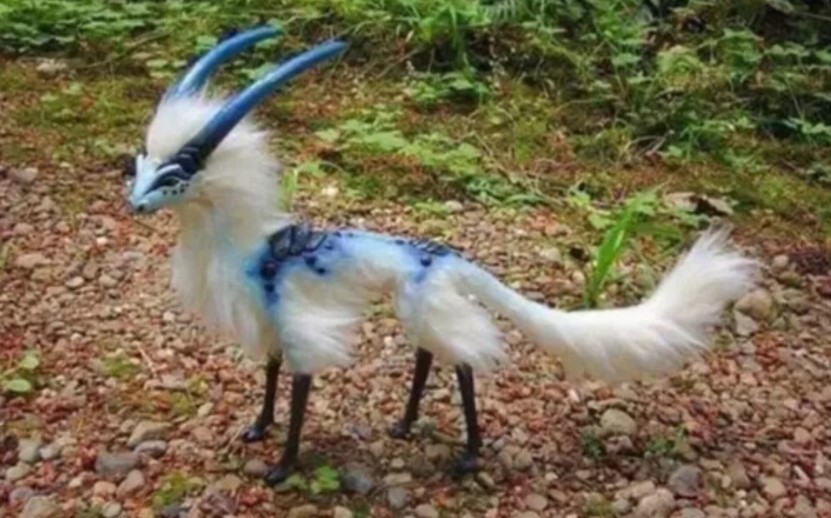
Haiku Bird
Stonefish
Check out the most dangerous fish in the world! The stonefish knows how to camouflage itself, which makes it even more terrifying in our books. What happens when this sea creature feels threatened? Well, it has been known to shoot out thirteen venomous spines in the name of defending itself. Please don’t say we didn’t warn you!
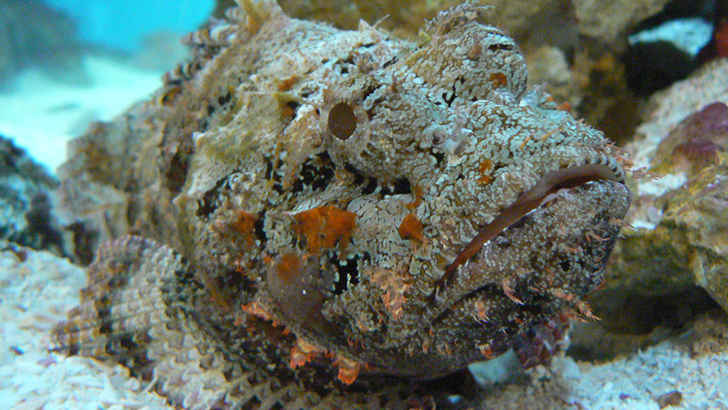
Stonefish
Water Monitor
Just wait until you hear this amazing but horrifying fun fact about the water monitor. This creature is actually capable of smelling underwater or underground with the use of its tongues! After that, this animal will do whatever it takes to catch its prey. It will swim, climb, and run if that is what it takes.
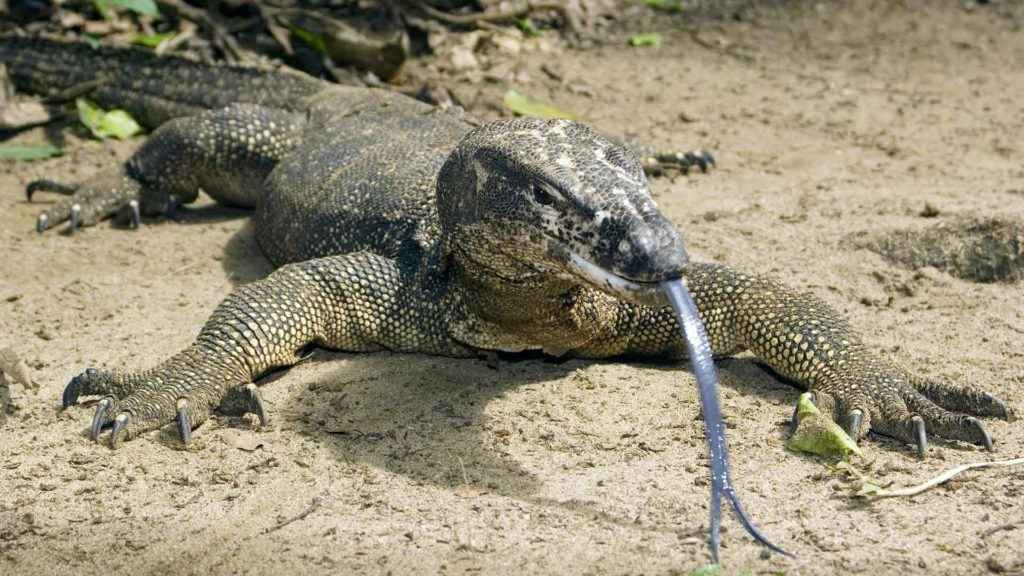
Water Monitor
Anaconda
There have been anaconda snakes that grew as long as 30 feet! This is a huge animal whose size and weight make it even more dangerous than it already is. These creatures will catch and bite prey, but that is not the worst part just yet. Once it does that, it will then crush them to death! Ouch.

Anaconda
Tarsier
We agree that tarsiers are adorable little creatures. They look like the bug-eyed teddy bears of our dreams! Still, it would be best if you never judged a book by its cover. If you do, you might get hurt! After all, it has a horrible bite that makes it one of the world’s most dangerous species. It is small but terrible.
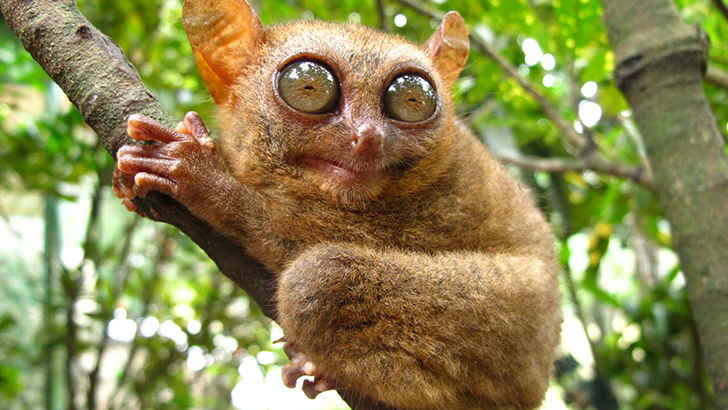
Tarsier
King Cobra
What can grow as long as 18 feet tall and then hold a third of that off the ground in the blink of an eye? The answer is none other than the King cobra, of course. This creature is the longest venomous snake on the planet. As you might have guessed, it has a bite that packs a punch.
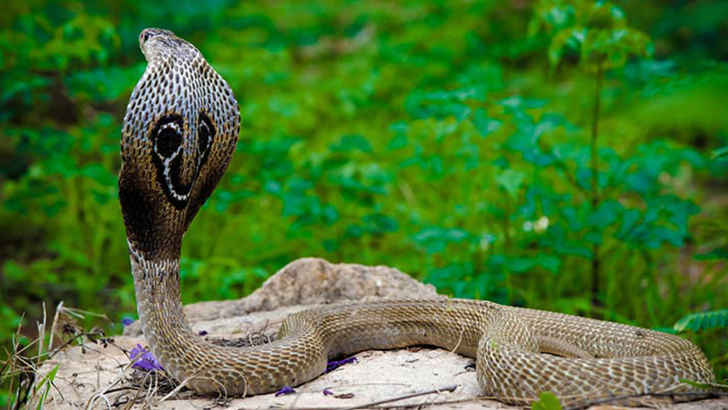
King Cobra
African Elephant
Here is another creature who made it to this list due to its size. The African elephant might look like a benign creature, but this does not mean that they are not dangerous. The old and young male elephants have it the worst. Be careful around them since they can crush you with their weight of 12,000 pounds.
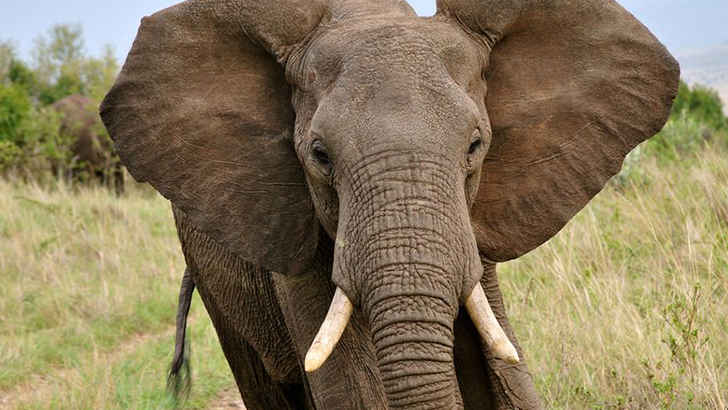
African Elephant
Portuguese Man O’ War
Are you familiar with the Portuguese Man O’ War? It is a siphonophore, which means that it comprises a couple of different colonies that work together to survive. They are truly fascinating creatures to behold. Some of them even have tentacles that grow as long as 165 feet! Whoa.
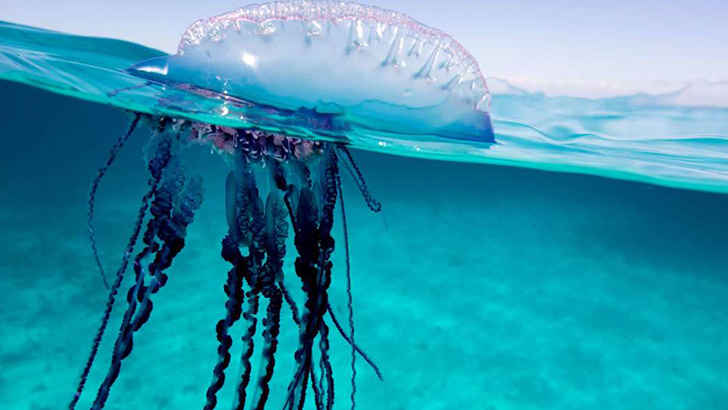
Portuguese Man O’ War
Sidewinder
We love just how descriptive the names of these animals are. Can you guess why this snake has been dubbed the sidewinder? The reason for this is that this animal moves sideways! You will find it in North and South America. This creature will ambush all prey that gets too close and inject its venom. Be careful.
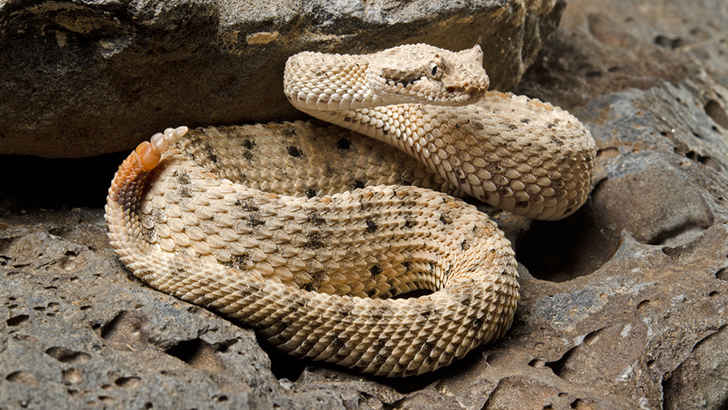
Sidewinder
Saltwater Crocodile
In case you did not know, the saltwater crocodile can grow as long as 17 feet. It has amazing strength and size that allows it to take down just about any animal that gets in its way. As a matter of fact, it has jaws strong enough that it looks like it is biting through twigs as it crushes bones. Stay as far as you can.
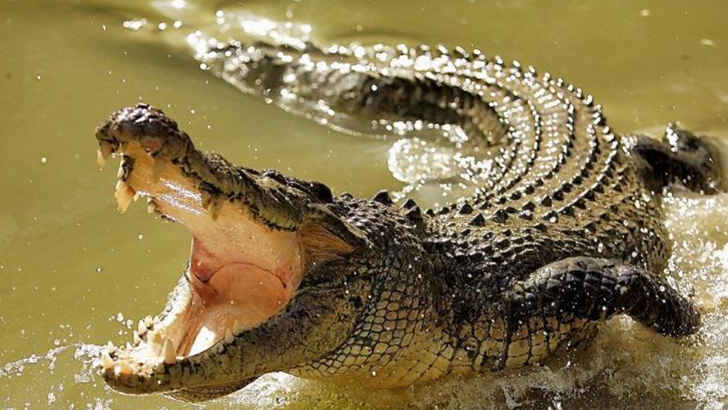
Saltwater Crocodile
Poison Dart Frog
There is no way that we can deny the size of poison dart frogs. Unlike other entries in this list, this creature did not earn a spot here for its size! Instead, it has made it here due to its toxic skin. It is so powerful that this creature has since become known as one of the most poisonous animals out there.
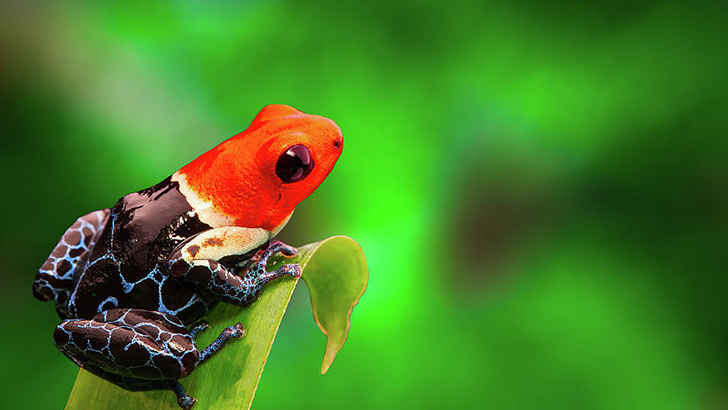
Poison Dart Frog
Blue-Ringed Octopus
You might want to think twice before you try to get all up-close and personal with a blue-ringed octopus. It is capable of secreting so much venom that it can penetrate the skin of other beings in the water. Five minutes after that, everyone will experience difficulty speaking and numbness. It is even possible to get full paralysis!
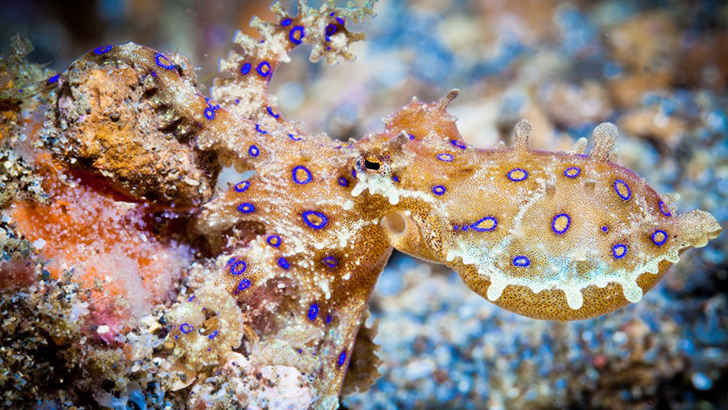
Blue-Ringed Octopus
Flower Urchin
Below is a photo of the most dangerous sea urchin in the world. The flower urchin might have a pleasant name, but you should not go anywhere near it. You should know that it has two kinds of venom. The first type causes muscular spasms, whereas the other one will induce convulsions, anaphylactic shock, and maybe even death.
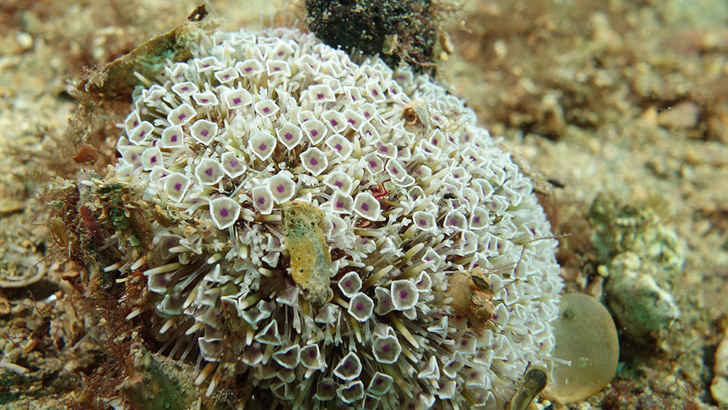
Flower Urchin
Africanized Honey Bee
Can you believe that the Africanized honey bee is actually the result of an accident? It was introduced to the world during an experiment to create a more productive bee species. Voila! Even if this were the case, it is helpful to know that the insects have since become known by another name: “killer bees.”
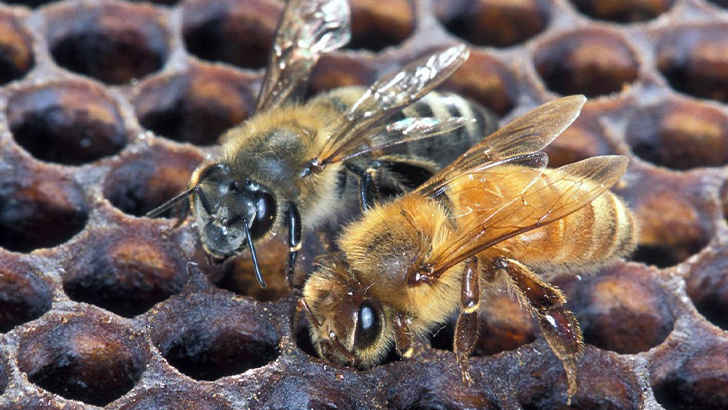
Africanized Honey Bee
Cone Snail
This creature might not look all that different from other snails, but something makes it stand out from the rest. For one thing, it has a needle-like tongue below its shell that can inject over a hundred toxins in a matter of seconds! Doesn’t that sound like a terrifying thing you have ever heard?
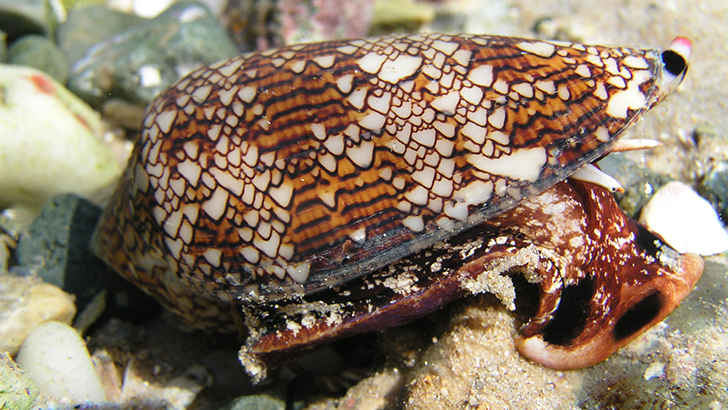
Cone Snail
Bullet Ant
We have to applaud the person who named the bullet ant. That must be the coolest name on the list, and that says a lot. This insect has earned its name because people have compared its sting to the feeling of getting shot. Yikes. On the bright side, it can only kill a person if they happen to be allergic. Yay? You better keep your fingers crossed that you do not happen to have an allergy to it.
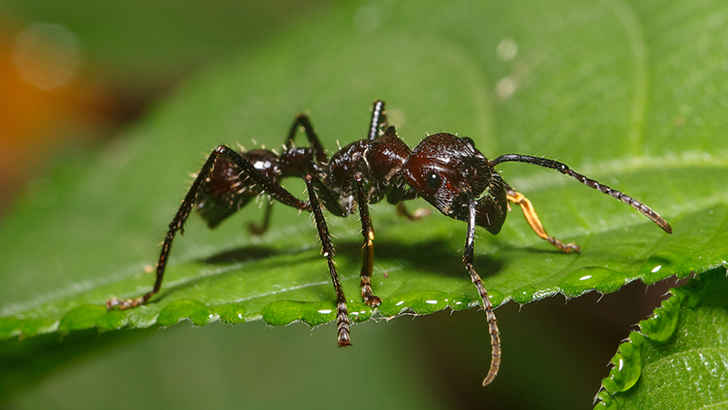
Bullet Ant
Dingo
The dingo is a medium-sized canine with a lean, hard body that has been adapted for strength, agility, and endurance. Soft ginger or tan, black, and tan, or creamy white are the three primary coat colorations of the dingo. The skull is wedge-shaped and tends to be very high in comparison to the rest of the body. The dingo is closely related to the New Guinea singing dog and the New Guinea Highland wild dog, whose ancestry split early from that of today’s domestic dogs and can be traced back to Asia via the Malay Archipelago.
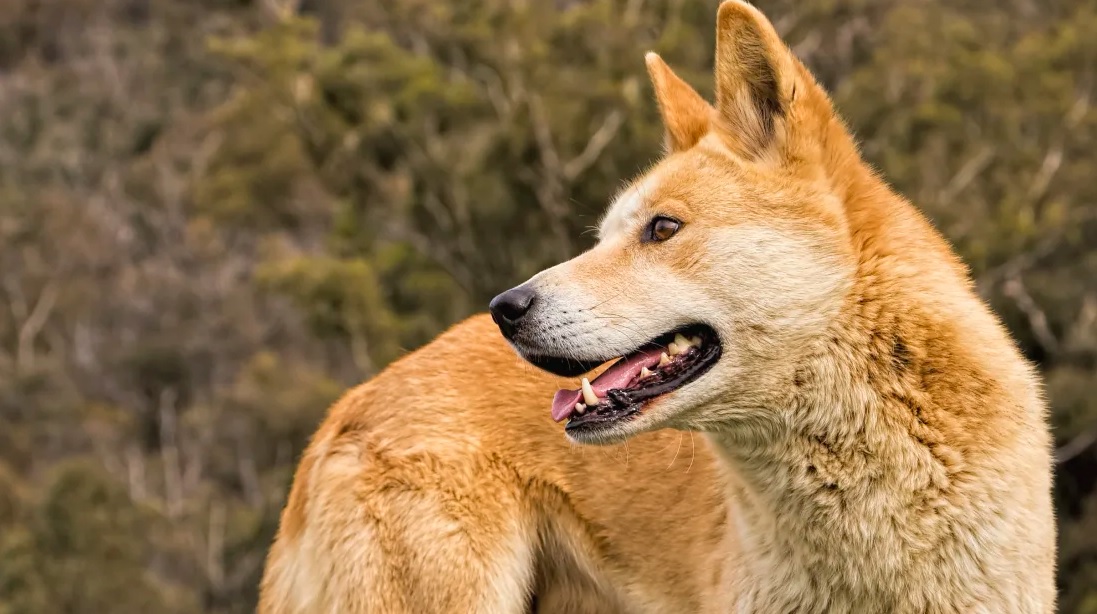
Dingo
Coastal Taipan
There’s an old joke that says any animal found in Australia wants to kill you. One of the reasons for this may be the Common or Coastal Taipan. It can be found in both New Guinea and Australia. Its venom contains a neurotoxin that can kill a person within half an hour of being bitten. If you are ever bitten by it, we hope you will be able to get to the hospital as soon as possible.
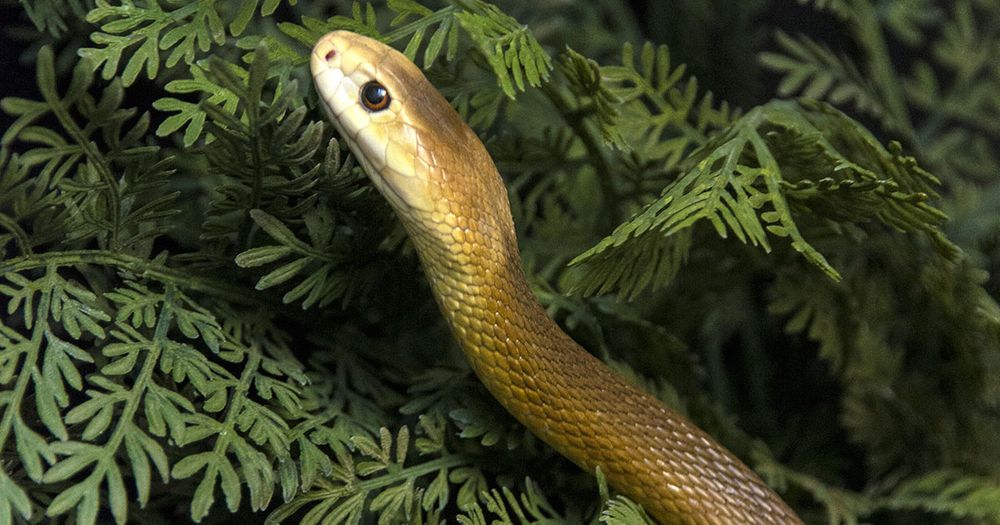
Coastal Taipan
Philippine Cobra
Many people are concerned about being bitten by one of these snakes, but there are a few that you should avoid at all costs. The venom of the Philippine Cobra is extremely poisonous, and it can spit it up to 3 meters (10 feet) away. In the Philippines, the snake hides in rivers and ponds in fields, plantations, and forests.
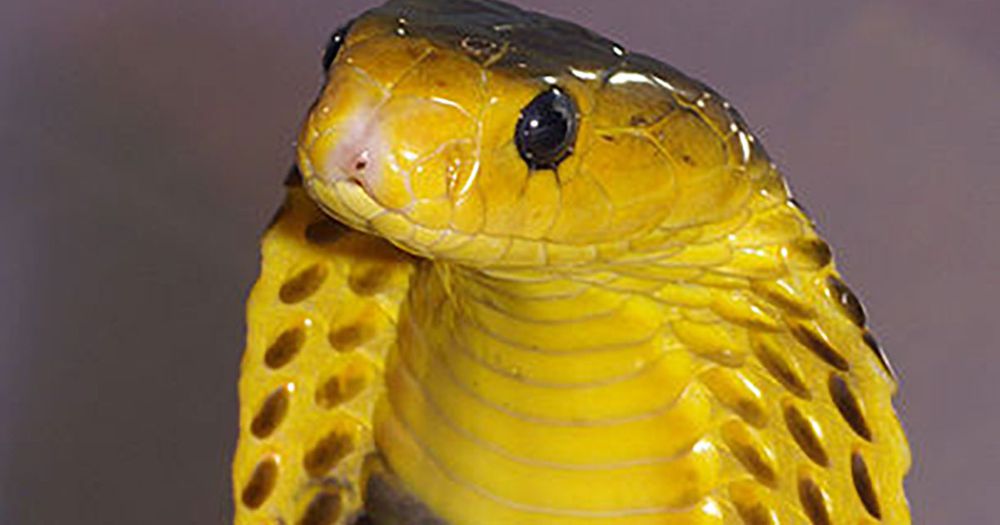
Philippine Cobra
Eastern Diamondback Rattlesnake
The Eastern Diamondback Rattlesnake is North America’s largest venomous snake. It can reach a length of 8 feet and has a distinctive black, tan, and grey diamond pattern running down its body. The good news is that it isn’t mean and can only bite if provoked. If you are bitten, be aware that it can cause severe pain, bleeding, and possibly death if left untreated.
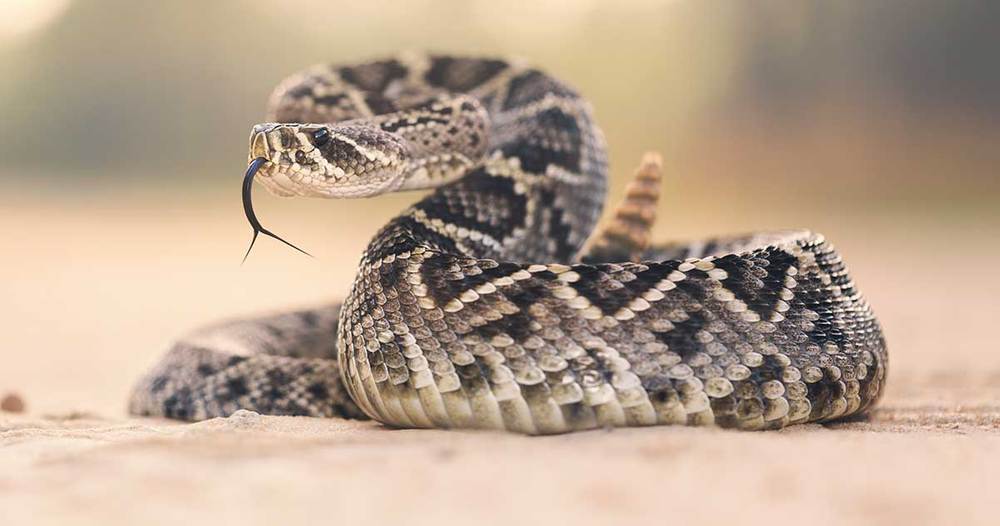
Eastern Diamondback Rattlesnake
Burmese Python
Do you think the snake in the picture is swallowing a crocodile or an alligator? If that’s the case, you’re on the right track. Let’s give you a moment to process that. In terms of both weight and height, the Burmese python is the second largest snake on the planet. It can grow to be seven and a half feet long and up to 19 feet long, weighing up to 400 pounds. They’re also nonvenomous constrictors, which means they can simply suffocate a victim.

Burmese Python
Western Diamondback Rattlesnake
For many people, the American Southwest isn’t full until they see a Western Diamondback Rattlesnake. Since the snake is tanner and smaller than its eastern equivalent, it blends in better with the scrub and sand. When it bites, it has large venom glands and unique fangs that allow it to deliver a large dose of venom. It’s also not particularly offensive in general, so don’t provoke it!
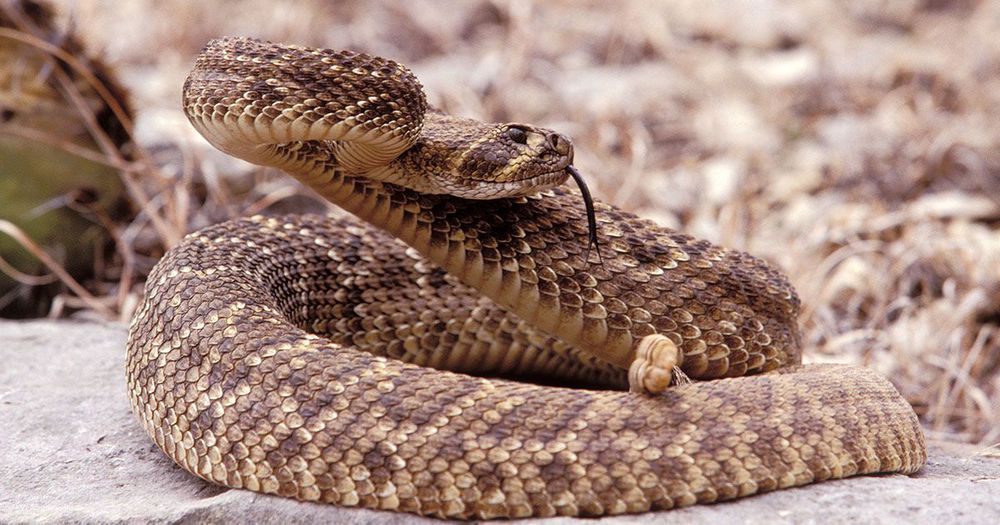
Western Diamondback Rattlesnake
Common Lancehead
Fer-de-lance or Bothrops Atrox are other names for the Common Lancehead. It’s an aggressive Pit Viper subspecies that can be found in the lowlands of northern South America and on several Caribbean islands. It has a grey and brown body that can grow up to five feet long. It can blend in well with the foliage due to its appearance. Its venom is a potent hemotoxin that causes a variety of neurological problems, including paralysis and memory loss.
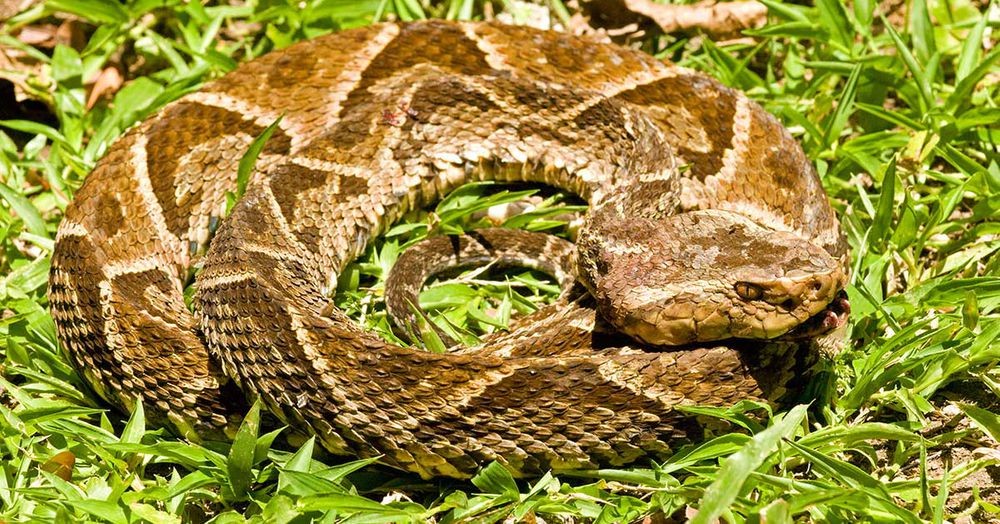
Common Lancehead
Reticulated Python
This is a shot of a fully coiled reticulated python. It is believed to be the world’s longest snake! We previously examined anacondas, which are the largest in terms of both weight and volume. Despite being lighter in weight than an anaconda, the reticulated python grows even longer. These creatures have been known to grow up to 33 feet in length! It is also a nonvenomous constrictor, as are all pythons. There have even been reports of it killing people, so be cautious.
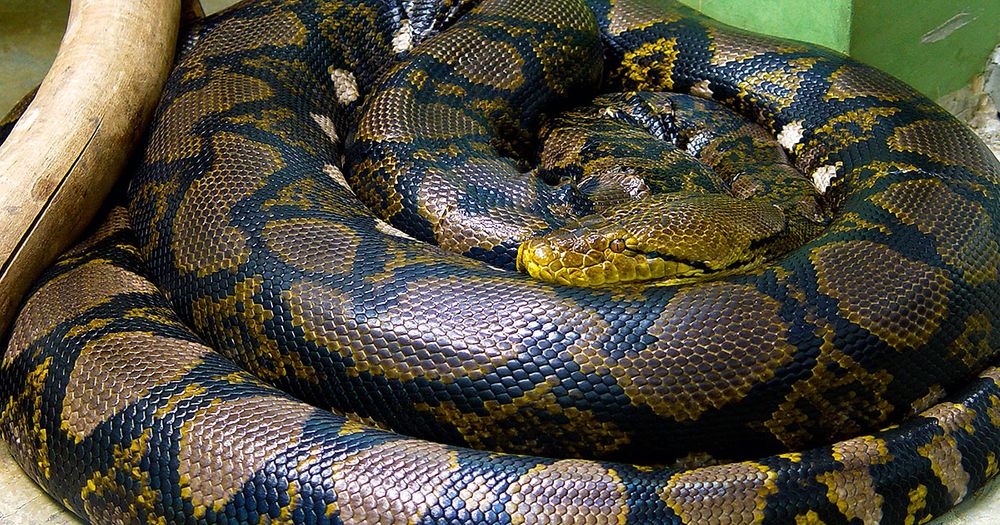
Reticulated Python
Eastern Brown Snake
Do you know where you can see the world’s second most venomous snake? Australia is the answer to that question! When hiking in the east of Australia, keep an eye on your step. The snake’s venom is highly neurotoxic and can cause blood to clot. Renal failure, heart attack, paralysis, and loss of consciousness are all possible side effects of the bite. It is responsible for 60 percent of snakebite deaths in Australia due to the noxious mix of neurotoxins it carries.
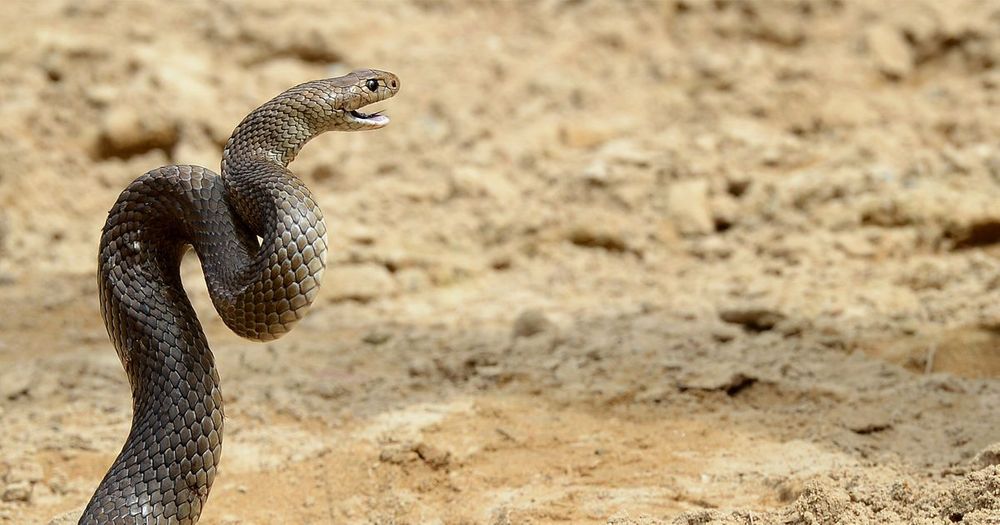
Eastern Brown Snake
Boomslang
The Boomslang is a beautiful emerald green snake that can be found in Sub-Saharan Africa. When it bites, it opens its jaws nearly 180 degrees and then uses the fangs at the back of the jawbone to inject a concentrated venom. It’s a silent killer, which means the symptoms won’t show up for several hours after the bite. Many victims believe they are fine and that medical treatment is not required. This is one blunder that could result in your death. You don’t want to make this mistake.
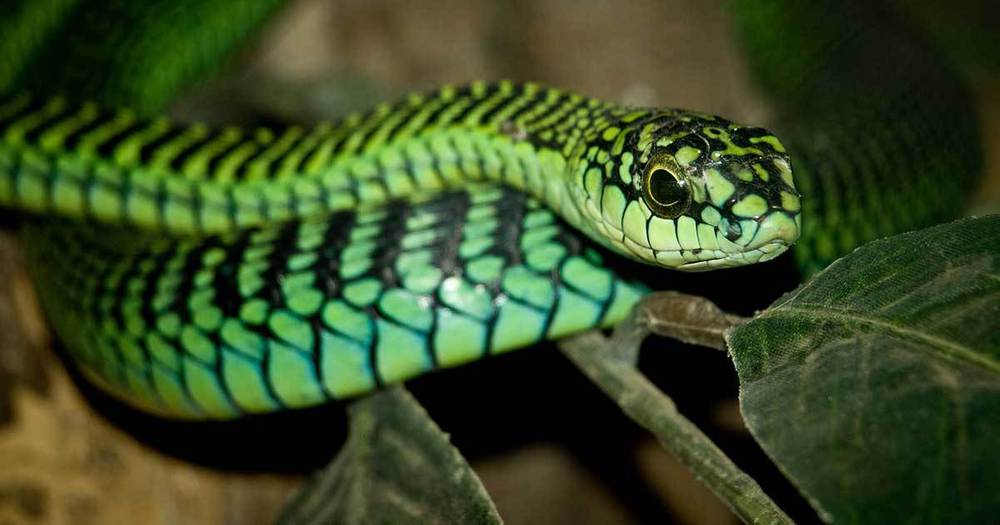
Boomslang
African Puff Adder
Fun fact: on the African continent, this snake is responsible for the majority of snakebite fatalities. With its golden and brown body, this snake is even more dangerous than the Black Mamba. It’s abrasive and can blend in nicely with a dry environment. When prey gets too close, this snake can use its body to leverage and strike with incredible force and speed.
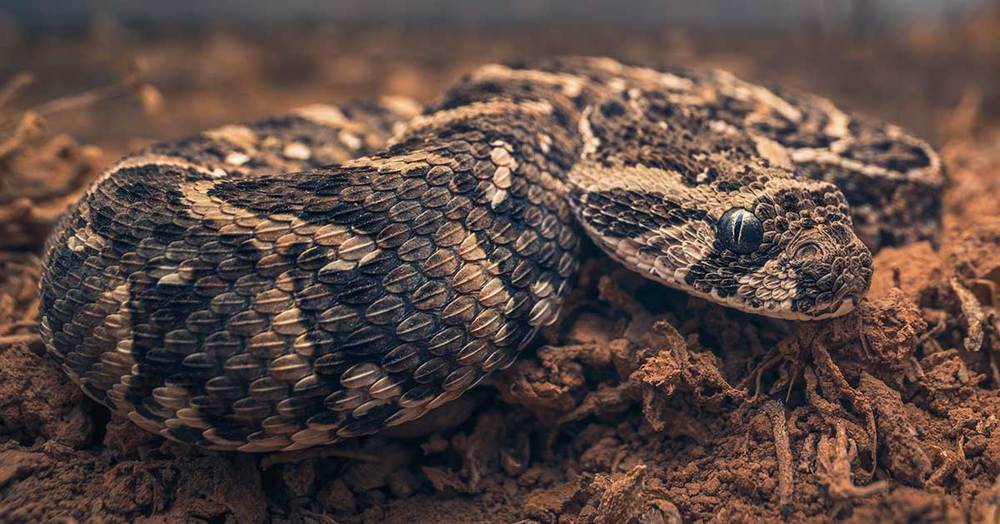
African Puff Adder
Monocled Cobra
You might feel like someone is watching you when you’re in the swamps or wetlands. If you’re in Southeast or South Asia, it could be the Monocled Cobra. This is a water-loving cobra that can be found in forests, grasslands, and rice fields. It can be identified by the eye-shaped pattern on its hood. It is responsible for a large number of snakebite deaths in Thailand because its venom can kill you in less than an hour.
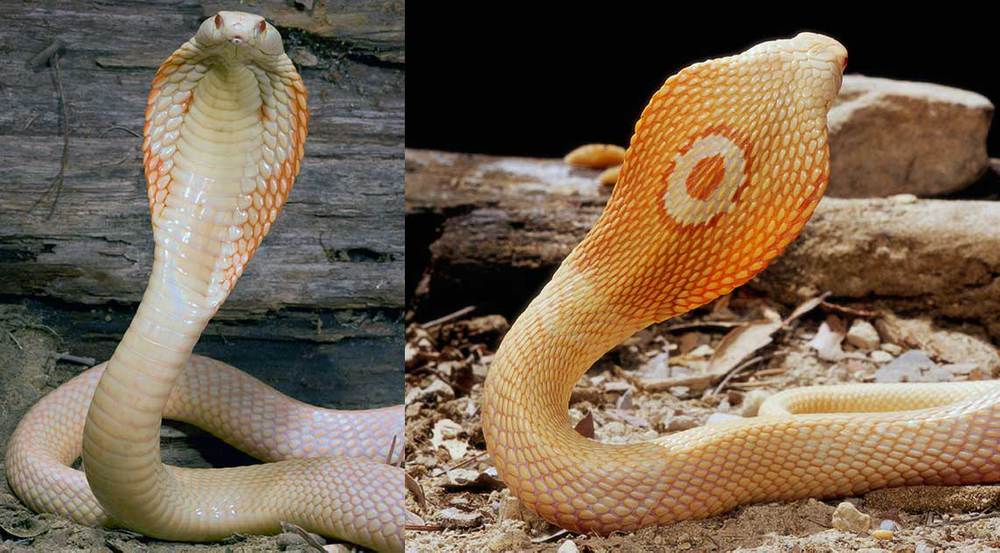
Monocled Cobra
Saw-Scaled Viper
The Saw-Scaled Viper is the polar opposite of the King Cobra in some ways. It is a small snake that can grow up to 3 feet in length. Its venom, on the other hand, is extremely cytotoxic and hemotoxic. They have the potential to cause debilitating strokes as well as prolonged bleeding. A number of sub-species can be found in eastern and northern Africa, while others can be found in the Arabian Peninsula’s wetter regions.
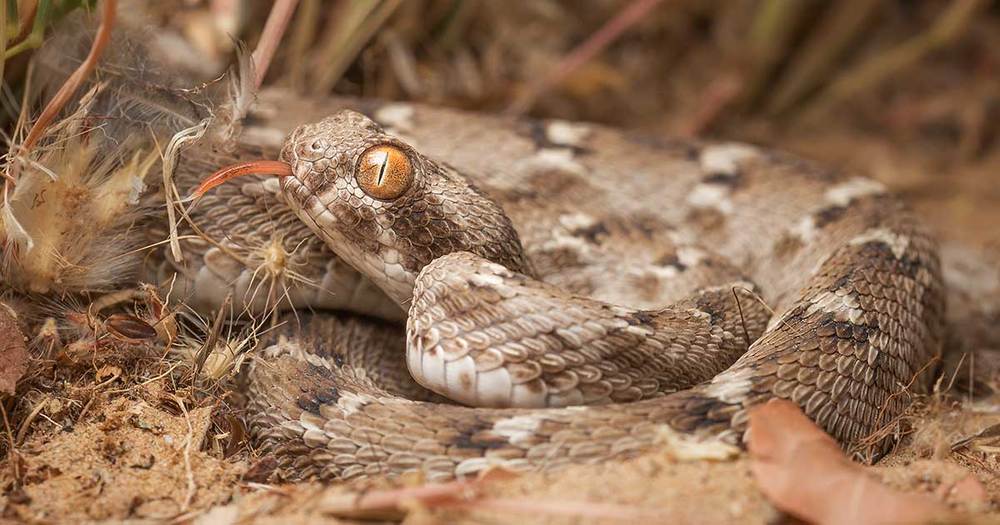
Saw-Scaled Viper
Common Krait
In India, there are more deadly snakes than you might think. The Common Krait, which can be found all over the subcontinent, is one of the “big four” snake species that are responsible for the majority of snakebite deaths in the region. The striking animal’s ring patterns are black and white, allowing it to blend in with the light and shadows on the forest floor. Although this animal is non-aggressive, it takes its time to deliver the maximum amount of venom
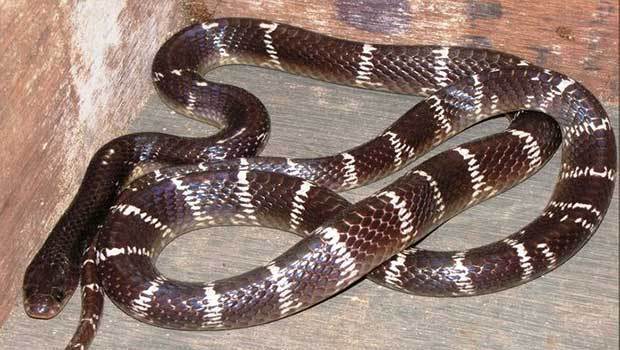
Common Krait
Russell’s Viper
This snake is feared by city dwellers in Southeast Asia and India. What is the reason for this? Russell’s viper is a venomous snake that can grow up to 6 feet in length. It mainly eats rodents. It travels to cities in search of small mammals. It is responsible for a large number of snakebite deaths in the area.
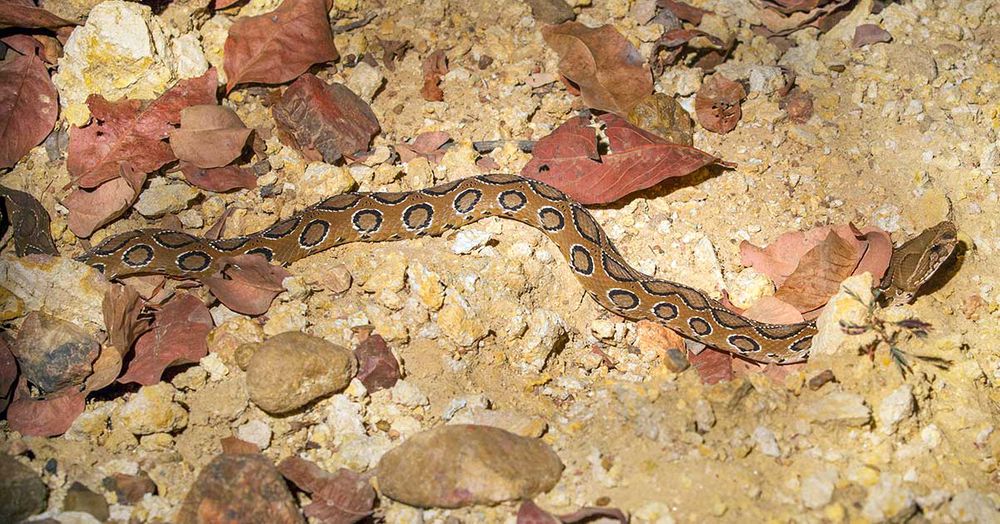
Russell’s Viper
Chinese Cobra
Can you imagine two snakes together? A Chinese Cobra on its own is already lethal, so can you imagine two snakes together? When a two-headed snake was born to a snake breeder in Yulin, China, in 2015, this species made headlines. There were also reports of a two-headed member of the species being born in 2009. Taiwan and mainland China are home to the highly venomous snake.
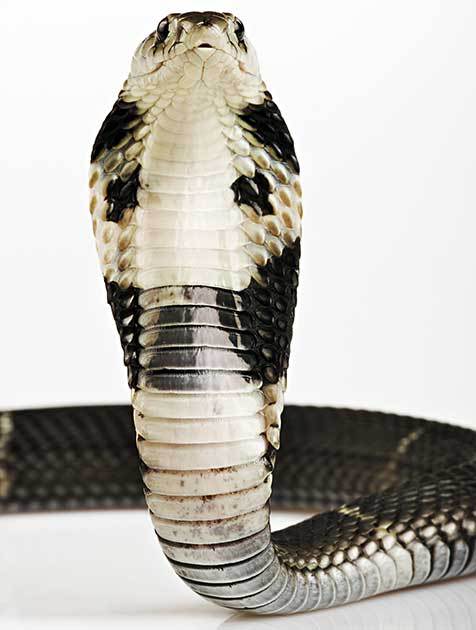
Chinese Cobra
Sea Snake
What do you get when you give a deadly snake a very toxic venom? The Sea Snake is the answer! It lives in the Indo-Pacific region and is more toxic than land-based species. It is not aggressive, but it will attack if it becomes entangled in fishing nets. The venom can cause paralysis, including paralysis of the respiratory system.
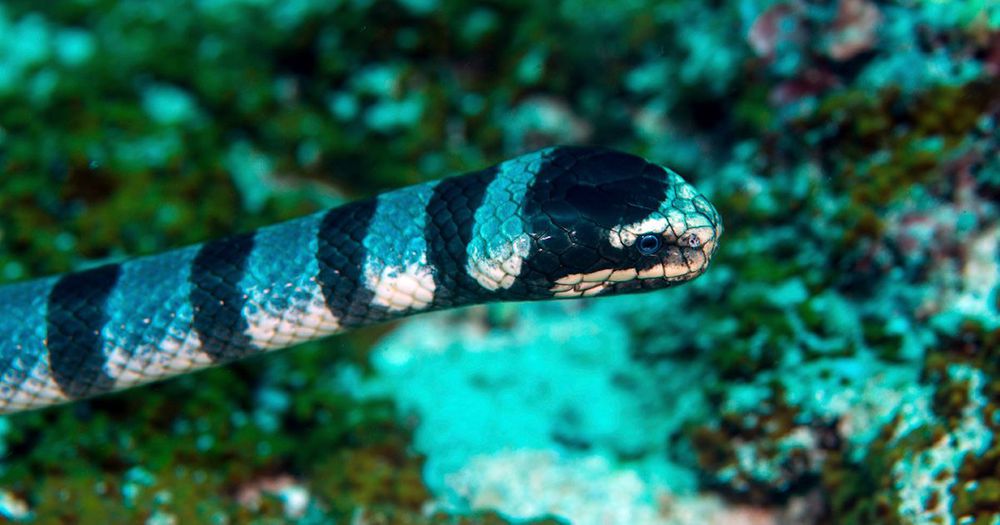
Sea Snake
Egyptian Cobra
This cobra was both revered and feared by the ancient Egyptians. It is a significant figure in their mythology and religion. On King Tutankhamen’s gold burial mask, a gold version of the Egyptian Cobra was also depicted. It is still held in high regard by modern Egyptians. The largest African cobra species has distinctive coloring, large fangs for injecting a large dose of venom, and a tear-drop mark near its eye.
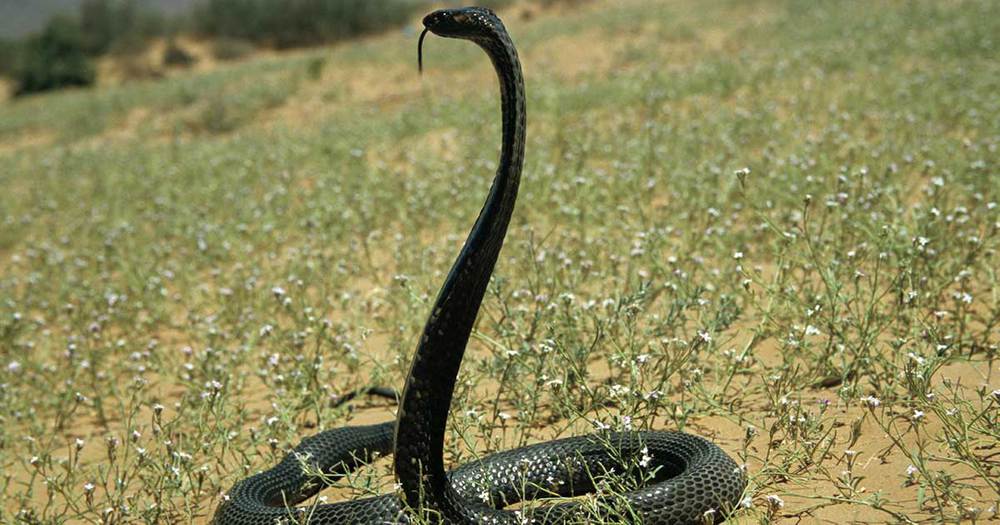
Egyptian Cobra
Tiger Snake
Tiger snakes are medium-sized snakes that can reach a maximum length of 4 feet. They can be found all over Tasmania and southern Australia. It got its name from the black and gold stripes on its body. If you are bitten by one of these snakes, you can expect paralysis, excruciating pain, and even suffocation due to their venom, which contains myotoxins and neurotoxins. Because the effects do not appear right away, bites are usually not fatal if treatment is given quickly.
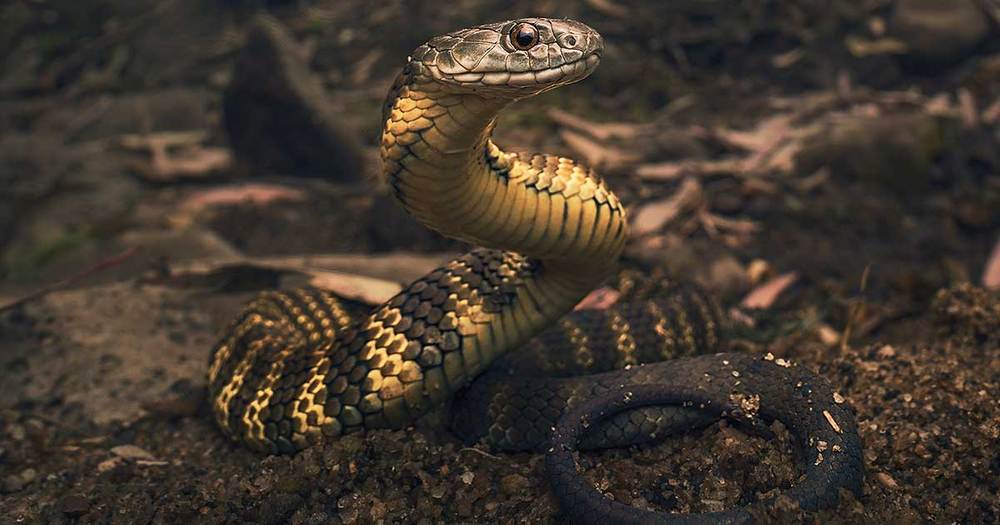
Tiger Snake
Black-Necked Spitting Cobra
Sub-Saharan Africa is home to these deadly predators. The black-necked spitting cobra can grow to be 2.2 meters in length. You can probably guess what makes it unique based on its name. The reptile can spit venom with pinpoint accuracy at targets up to 23 feet away. It is harmless if it only hits the skin, despite its excellent aim. Its neurotoxic venom could cause permanent blindness and agony if it gets into the sensitive tissues of your eye.
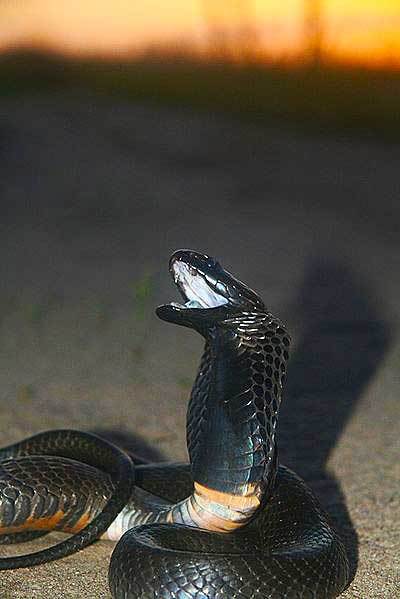
Black-Necked Spitting Cobra

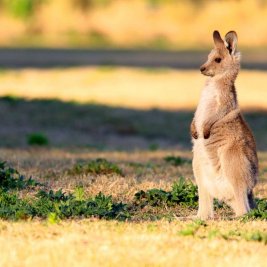
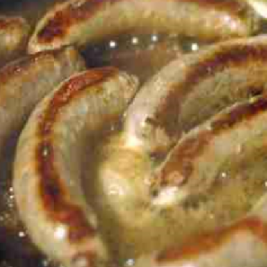
Comments